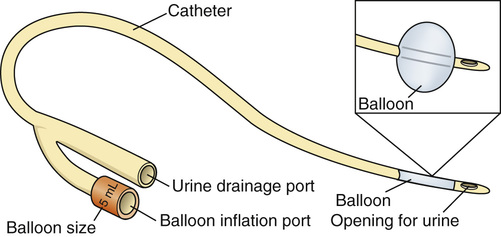It may also be known as a foley catheter. Next let s start going over the parts of your catheter.
 Foley S Catheter Parts Sweta Yadav Youtube
Foley S Catheter Parts Sweta Yadav Youtube
Foley catheters are inserted through the urethra and up into the bladder.

Parts of a foley catheter. Indwelling catheters urethral or suprapubic catheters an indwelling catheter is a catheter that resides in the bladder. A foley catheter is a sterile tube that is inserted into your bladder to drain urine. Small openings in the tip called eyelets allow urine to flow through the catheter into the collection bag.
For starters the insertion tip is the narrower end of your catheter that inserts into and travels through the urethra to reach the bladder. The tip of the catheter has a small balloon filled with solution that holds the catheter in your bladder. This information will help you care for your urinary foley catheter while you re at home.
A foley catheter is a thin sterile tube inserted into the bladder to drain urine. To keep the foley catheter in place sterile water is injected through a second channel in the catheter. The relative size of a foley catheter is described using french units fr.
In general urinary catheters range in size from 8fr to 36fr in diameter. You have had a urinary catheter a thin flexible tube placed in your bladder to drain your urine pee. How is a foley catheter placed.
Explanation of foley catheter parts of foley catheter nursing procedure from ruhan surajwala final year nursing studentananya college o. Catheter sizes are colored coded at the balloon inflation site for easy identification. The parts of the catheter outside your body are shown in figure 1.
The tube has two separated channels or lumens running down its length one lumen open at both ends drains urine into a collection bag. Because it can be left in place in the bladder for a period of time it is also called an indwelling catheter. 1 fr is equivalent to 0 33 mm 013 1 77 in diameter.
In urology a foley catheter named for frederic foley who produced the original design in 1929 is a flexible tube that a clinician passes through the urethra and into the bladder to drain urine it is the most common type of indwelling urinary catheter. It is also called an indwelling urinary catheter. If you need medicine for a longer time you ll probably get this type of catheter which goes into your neck leg arm or the top of your chest and is connected to one of the large blood veins.
It s held inside your bladder by a balloon filled with water. It is held in place with a balloon at the end which is filled with sterile water to prevent the catheter from being removed from the bladder.